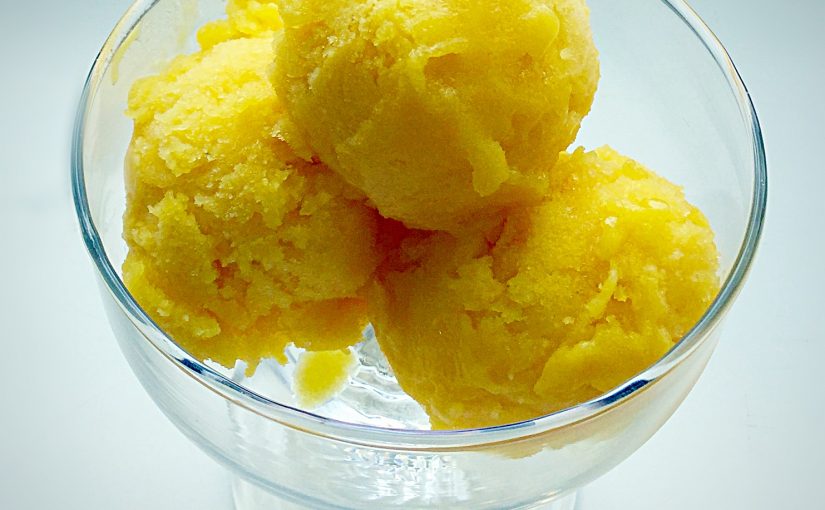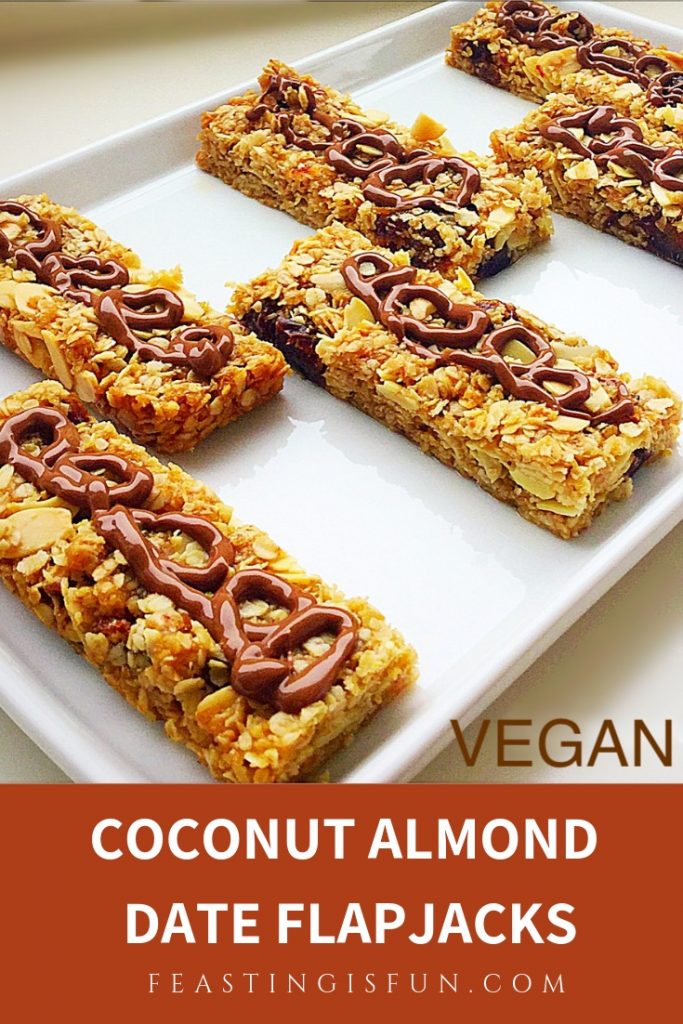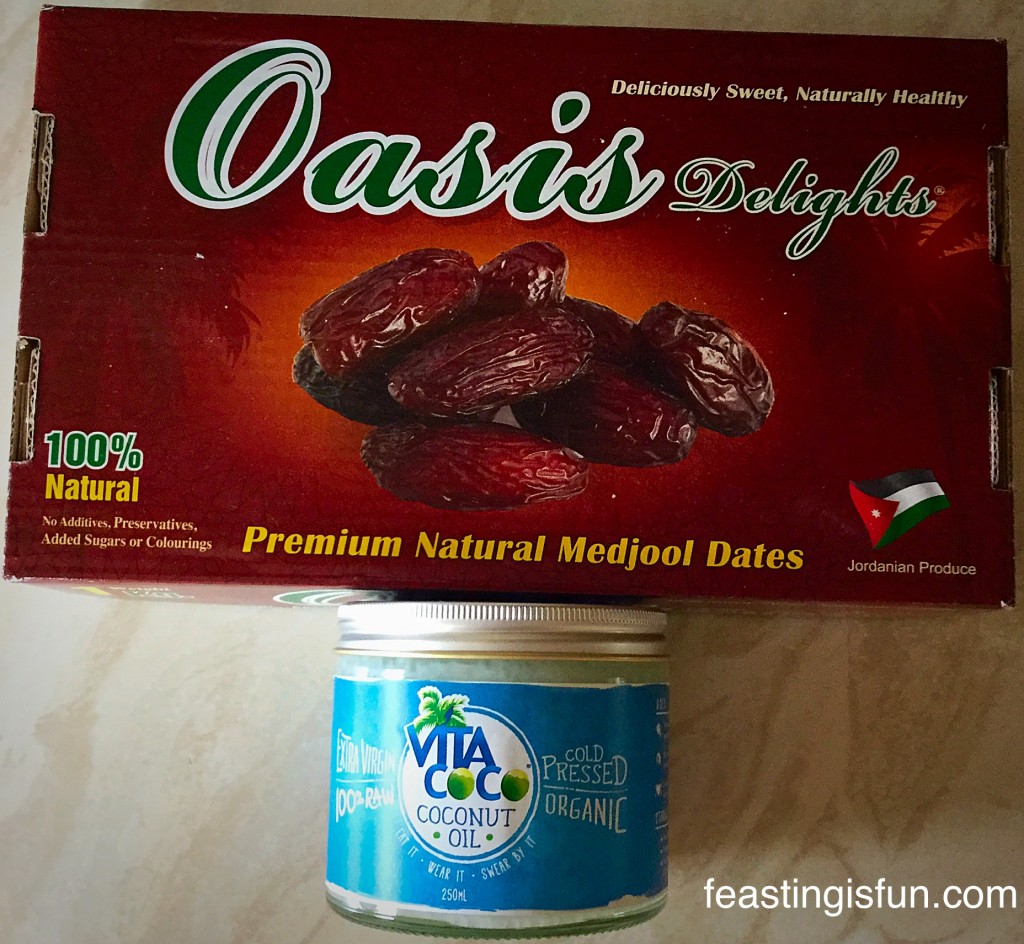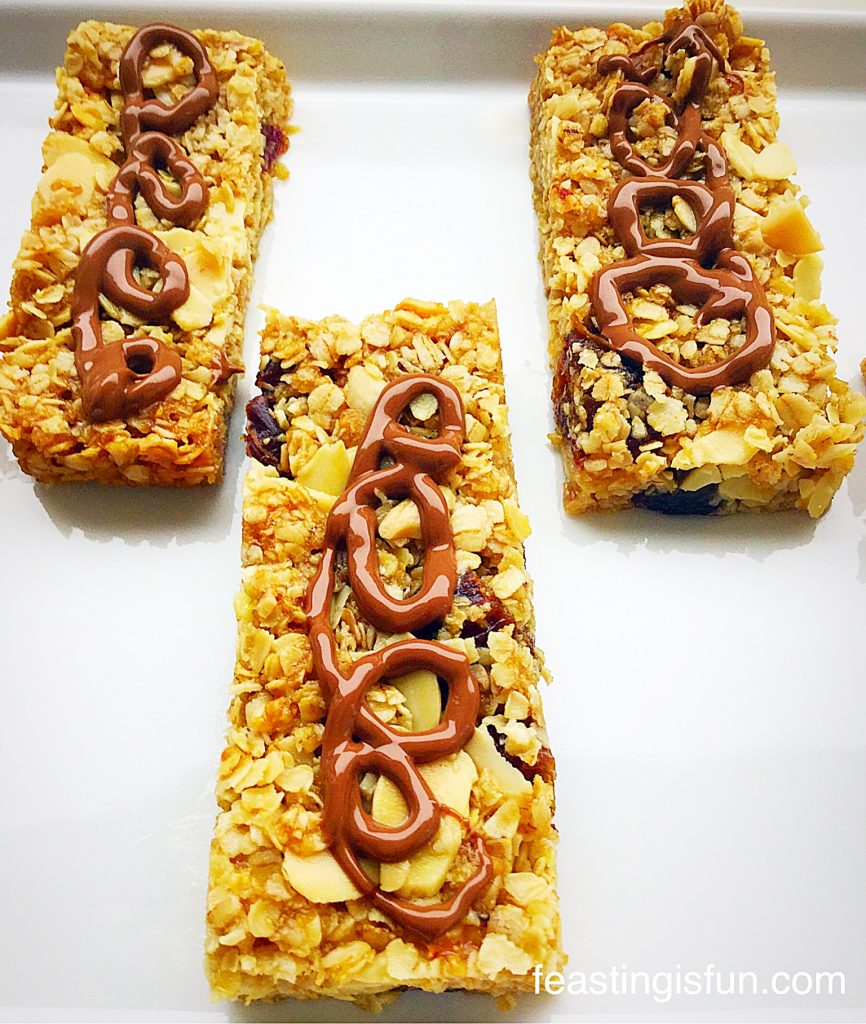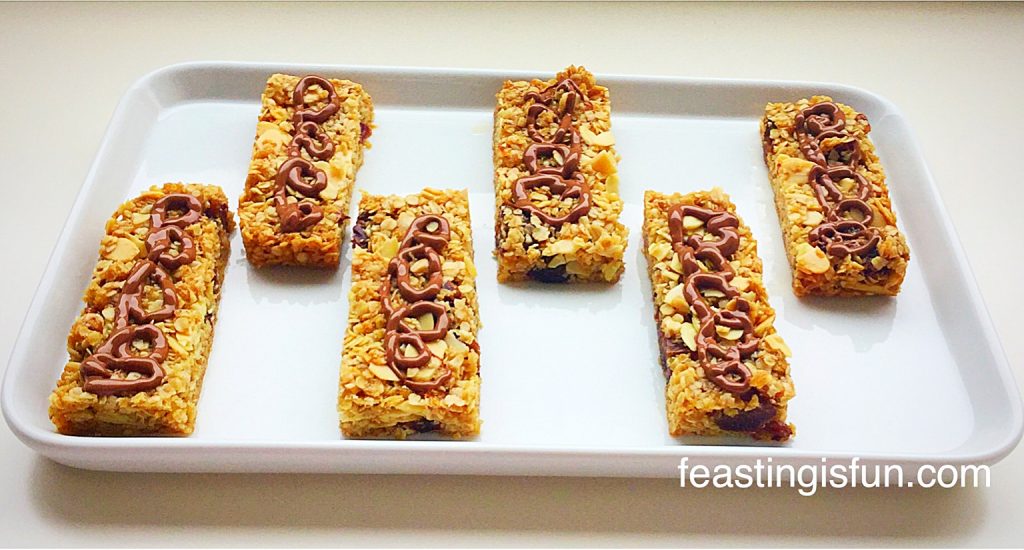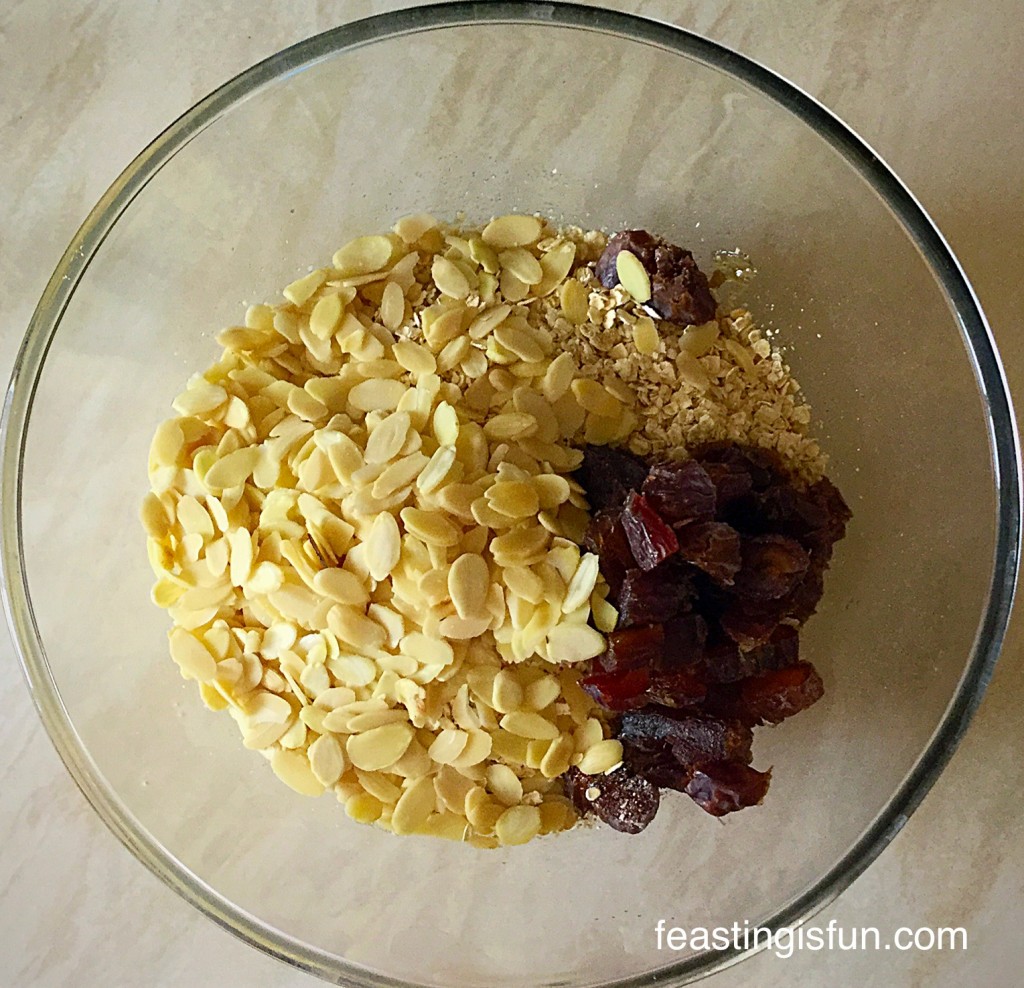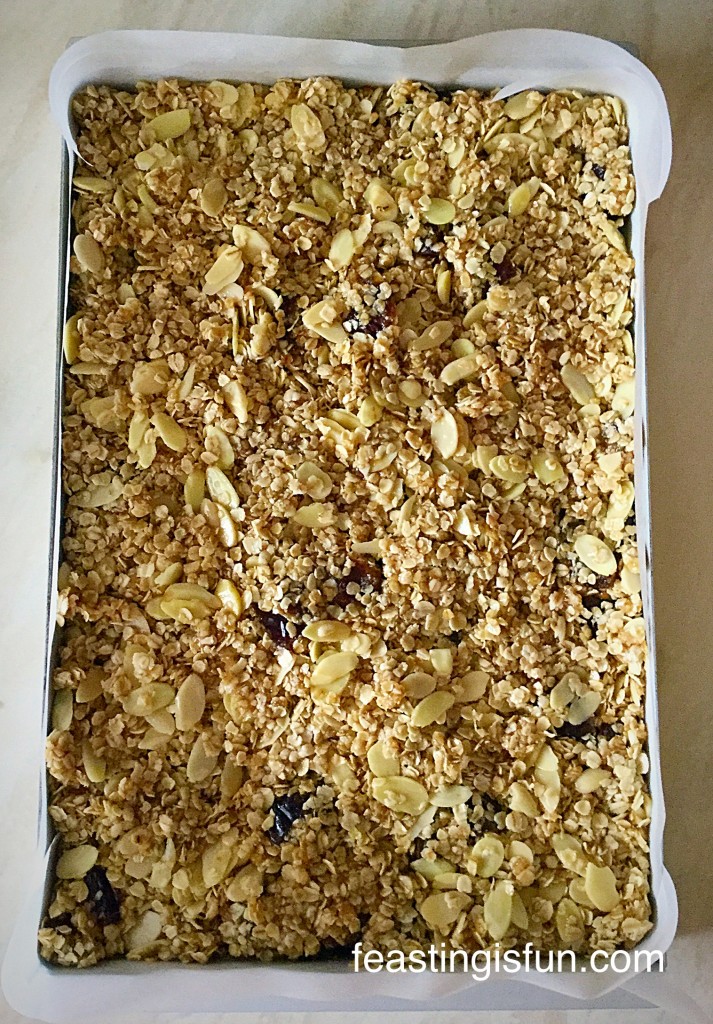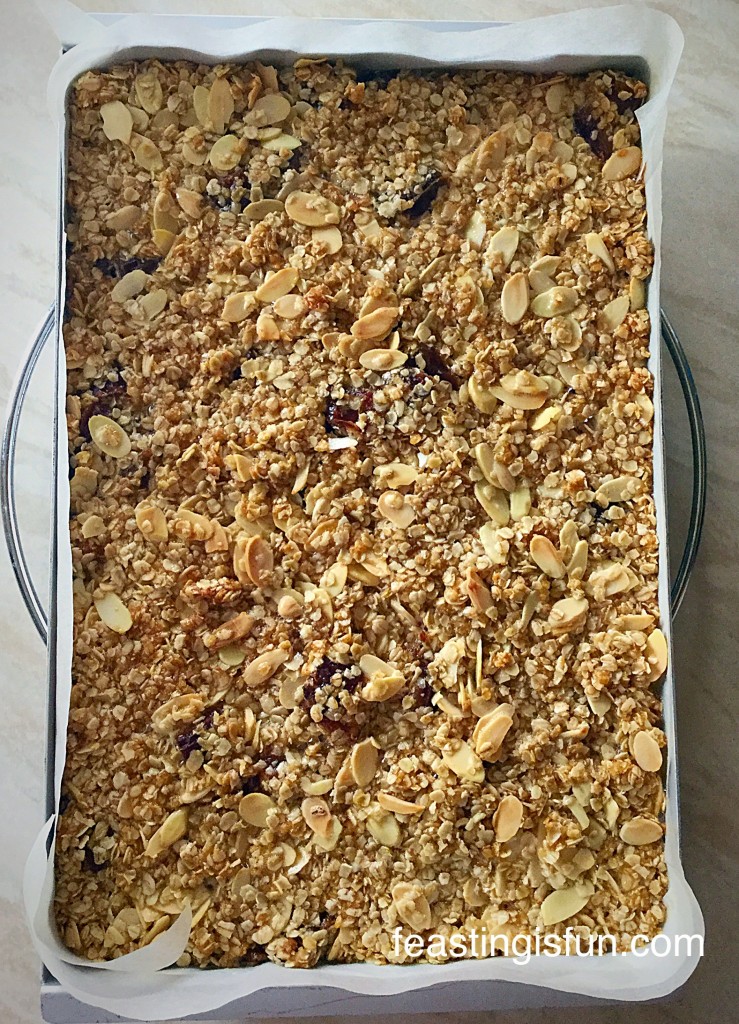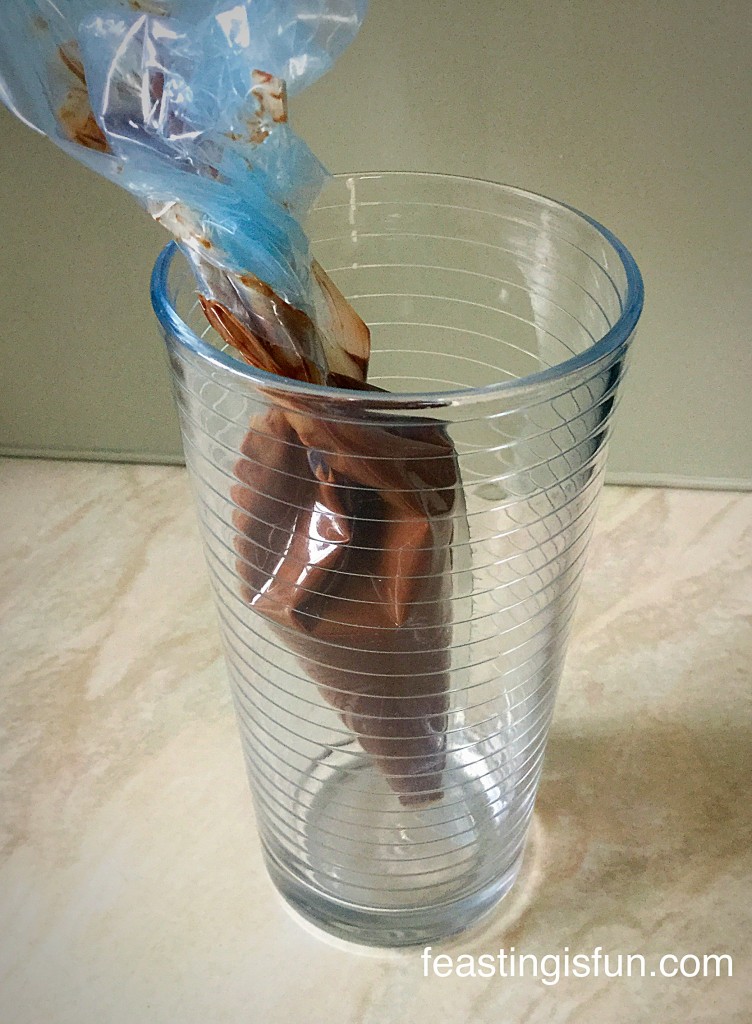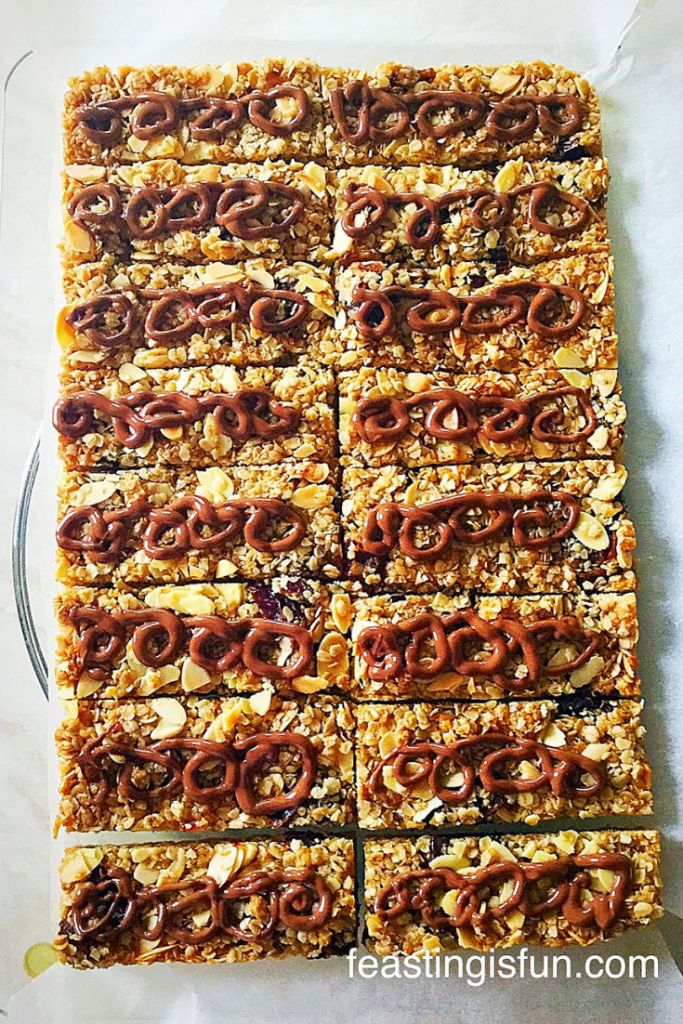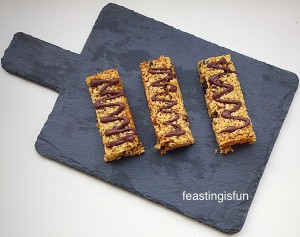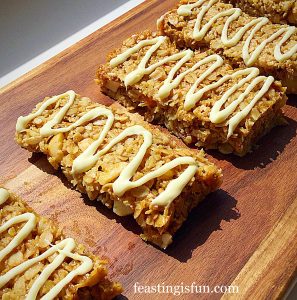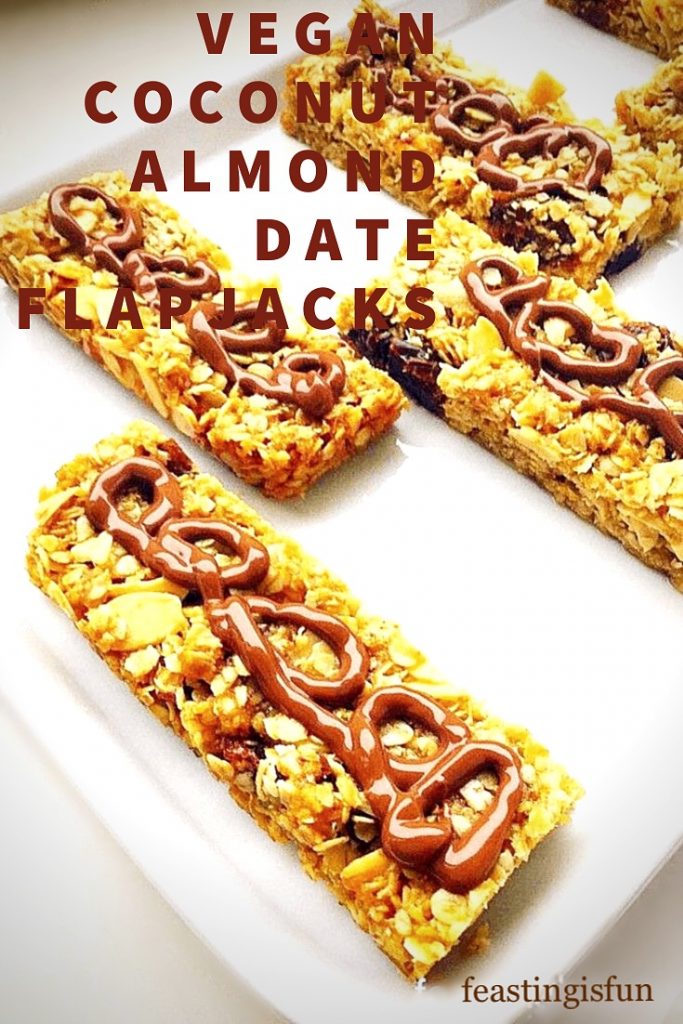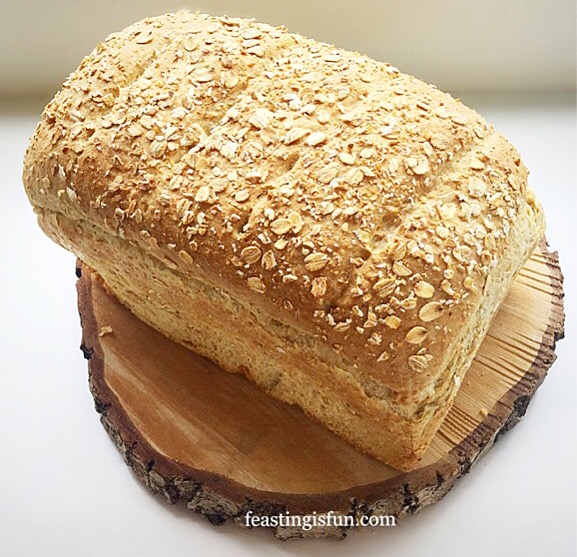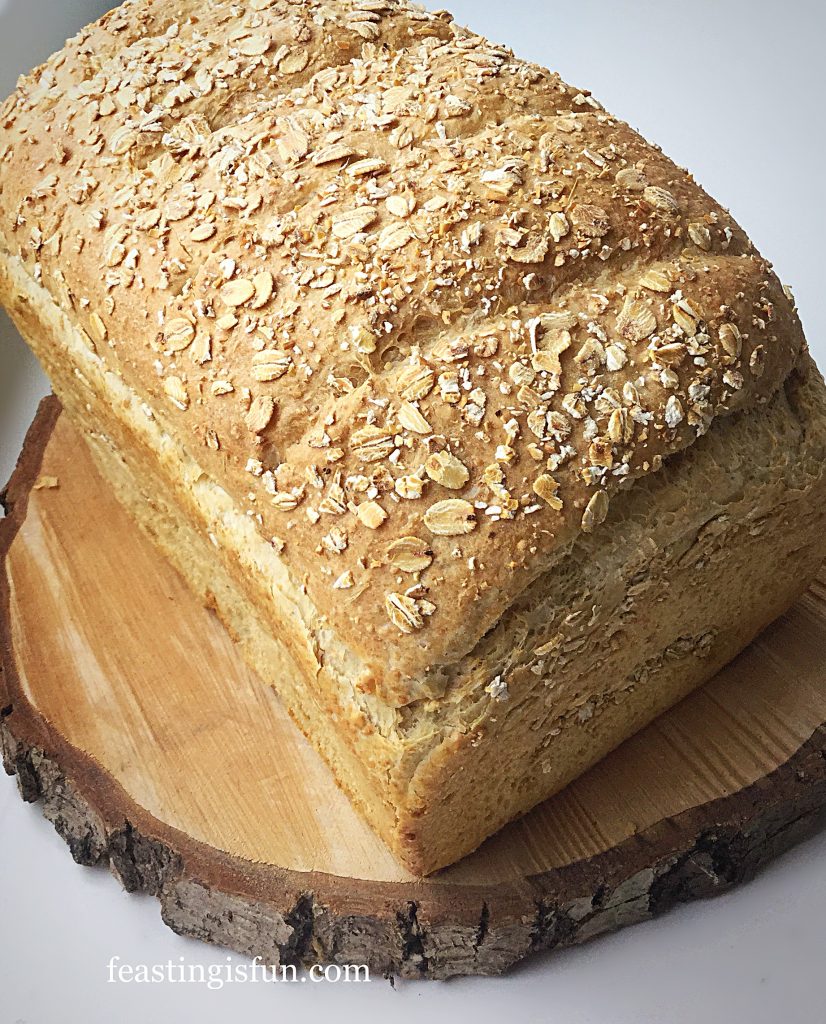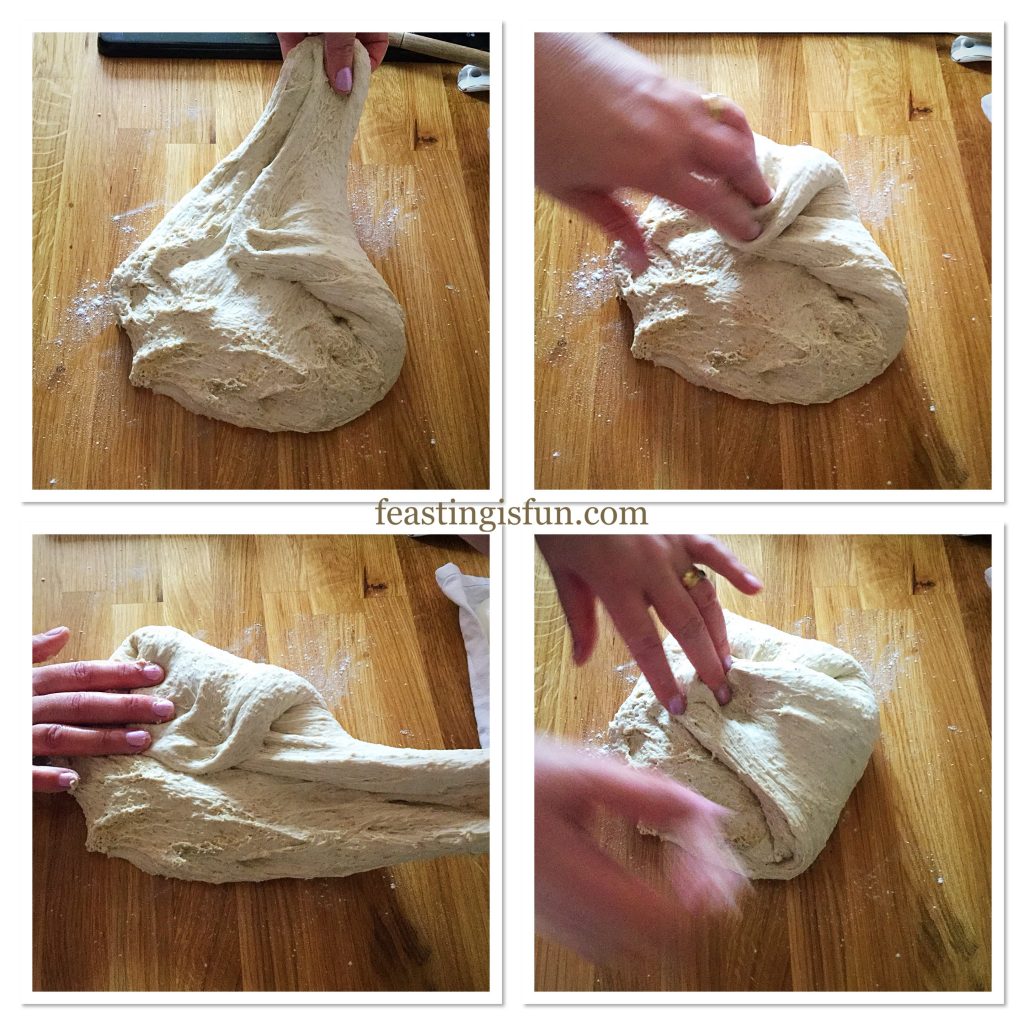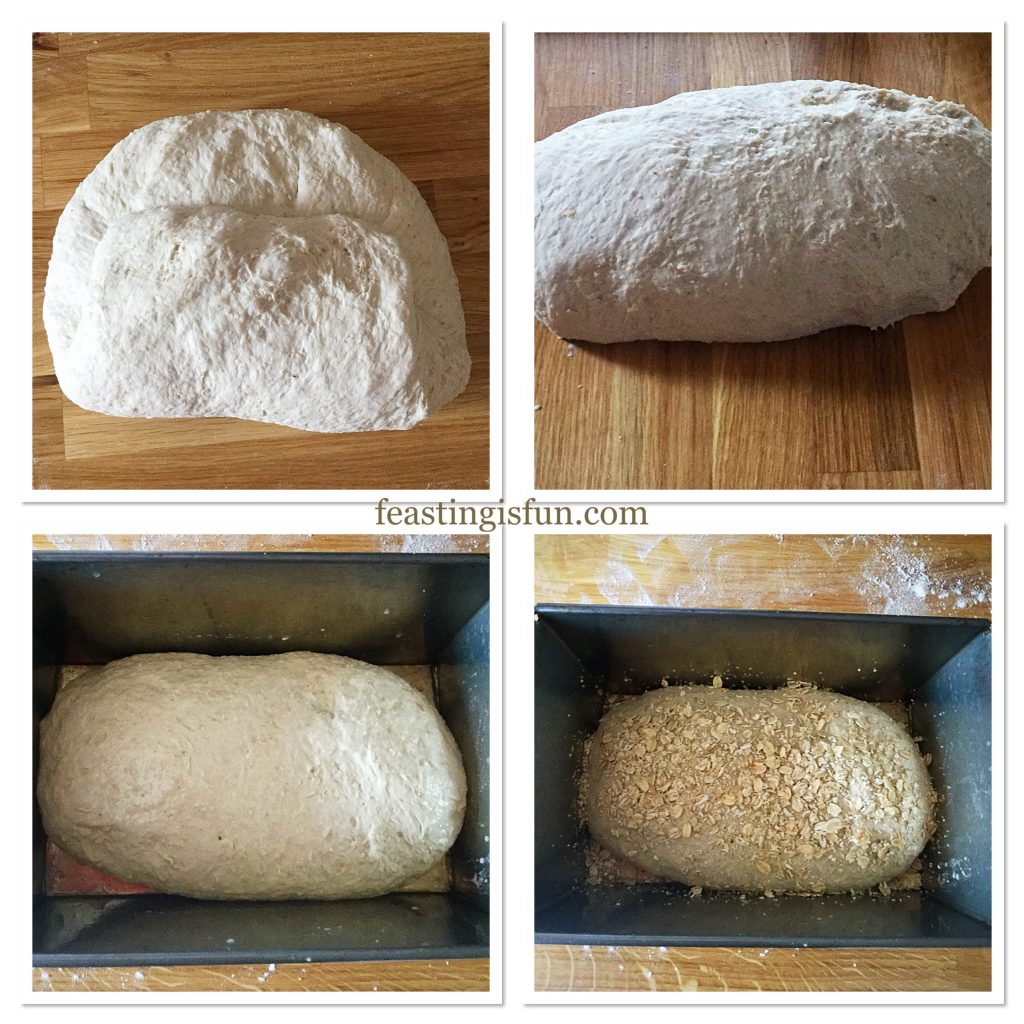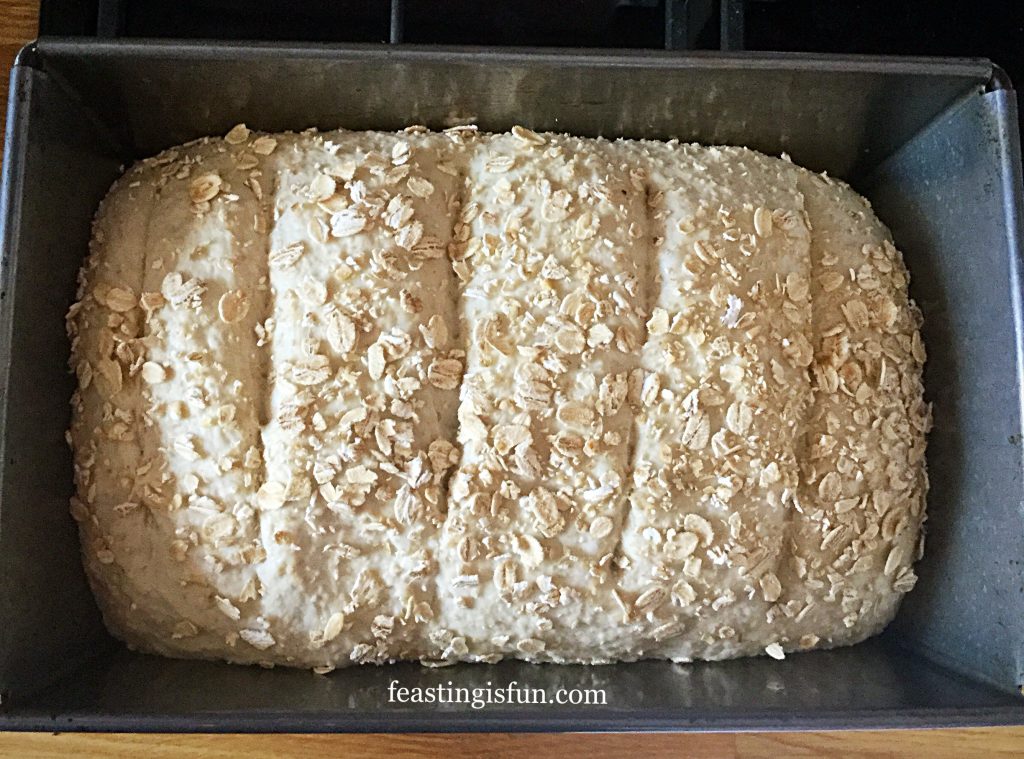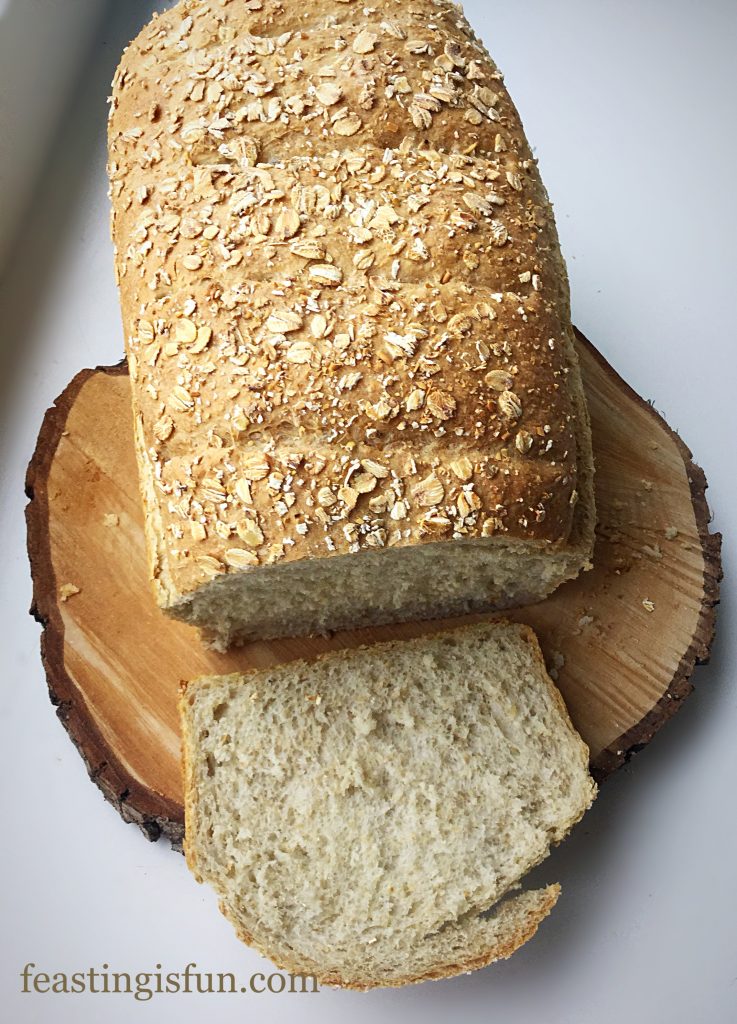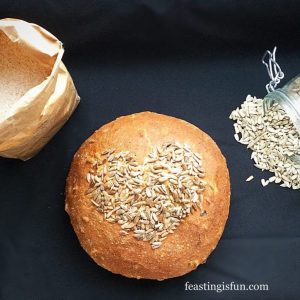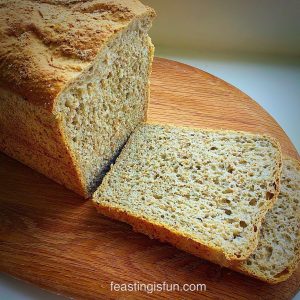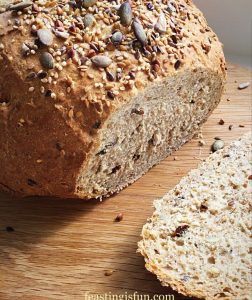The smell of Summer. Sun tan lotion, seaside air and luscious seasonal fruits. Ok, I accept that the fruits in this Refreshing Tropical Fruit Sorbet are not necessarily grown in this country, although they are cheaper and more readily available during the summer.
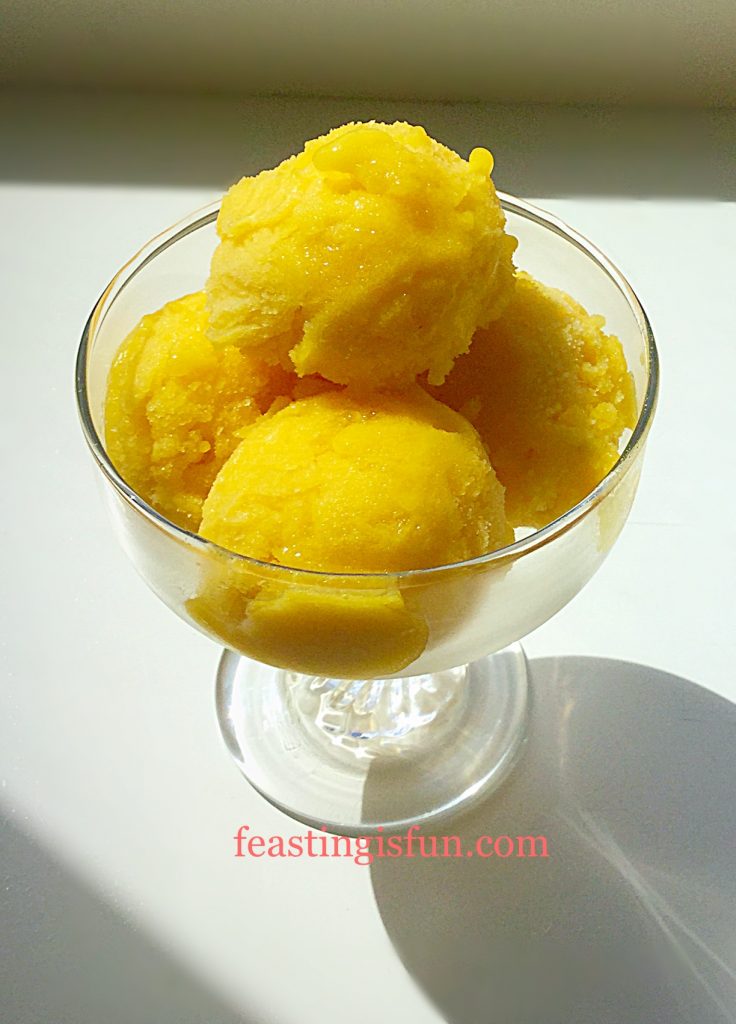
Making your own Refreshing Tropical Fruit Sorbet is so worth it. Forget about the adverts telling you that ‘you’re worth it’ this is a delicious, good for you treat, that tastes of fruit heaven!
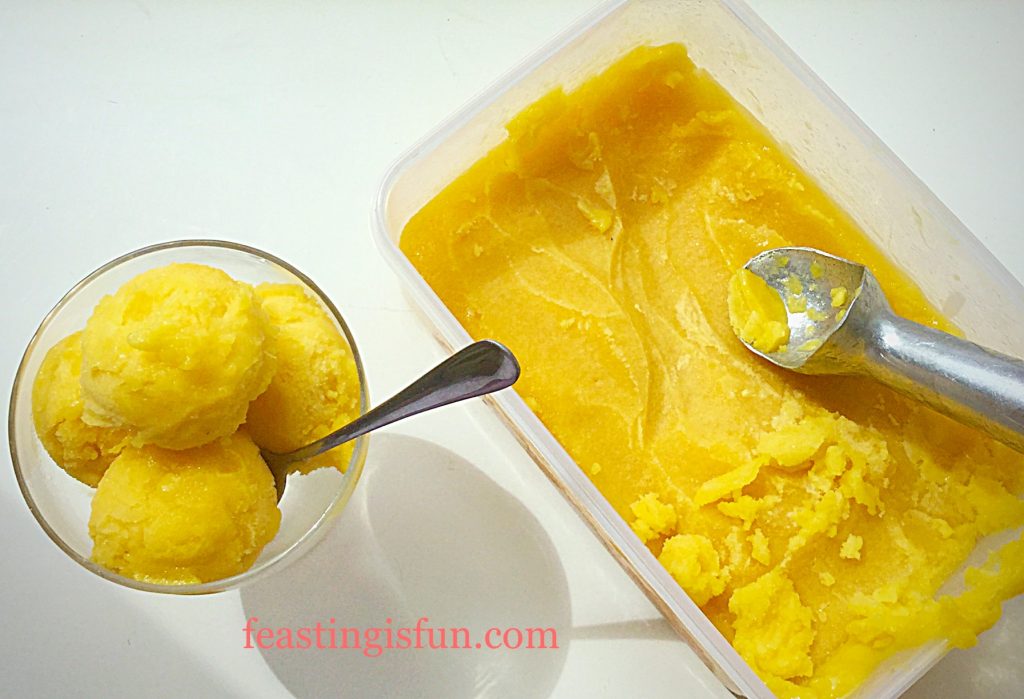
The marriage between the flavours will make your tastebuds sing in harmony.
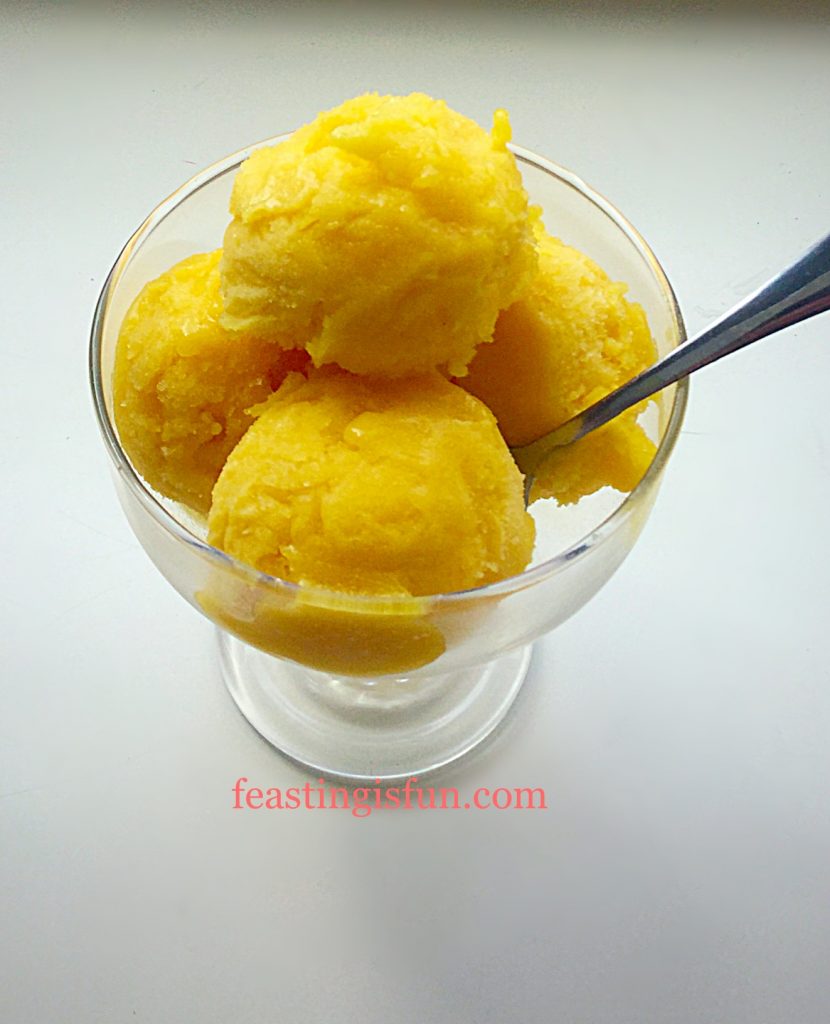
There are a couple of steps needed to prepare the fruit for this sorbet, but they are absolutely worth it to extract every drop of flavour from the fruit.
Once the fruit is prepped it is then cooked for a short time. This breaks down the pineapple and separates the passionfruit seeds from their surrounding juice. The cooked fruit mixture is then sieved, to remove the very crunchy seeds. A quick whizz with an immersion blender, or liquidiser, cool and your sorbet is ready to be churned.
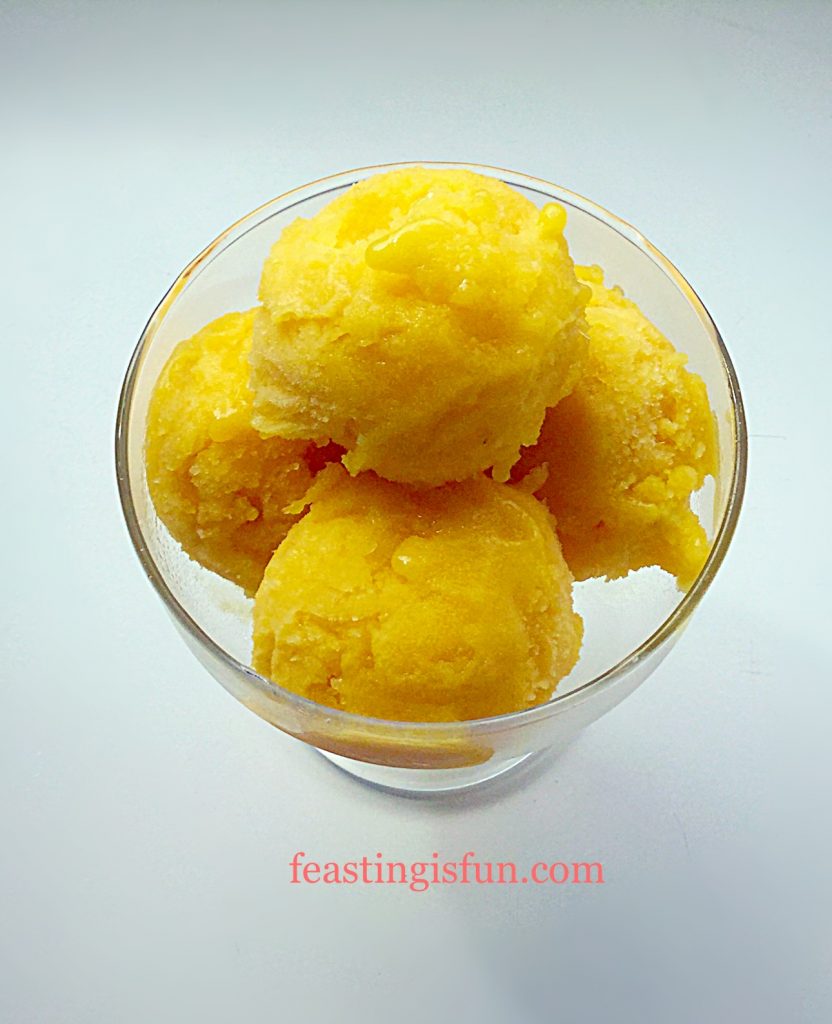
This sorbet tastes of Summer. Light, intensely fruity, sweet – but not overly so and with a colour to brighten the dullest of days.
A light dessert or a delightful palette cleanser between courses for a more formal meal.
The mangos I bought for this recipe spent a few days on our sunny lounge window ledge ripening up, in fact they were warm when I prepared them. The passionfruit were smooth skinned when bought and ripened to a prune-like wrinkling of the skin. To test if a pineapple is ripe I suggest smelling it. If it smells of pineapple then it’s ripe.
Recipe: Makes 1L Refreshing Tropical Fruit Sorbet
6 Passion Fruit
2 Large Mango
1 Medium Pineapple
400mls Water
100g/4oz Sugar
Optional – see note at the end – Orange Blossom Water 1/4tsp – I suggest Nielsen-Massey
Method: Ensure the frozen compartment of your ice cream maker has been in the deep freeze overnight or according to manufacturers instructions.
- Scoop the contents of the 6 passion fruit into a large heavy based saucepan. Squeezing the empty skins to ensure every drop of precious juice is used.
- Next prepare the mangos. Cut down either side of the central stone, you will have three pieces. Take a fleshy side of the mango and score into three pieces using a sharp knife. With the blade flat to the skin, run the knife along each third, releasing a long slither of juicy, ripe mango. Repeat for the other side. Place the mango slices into the saucepan. Hold the central flesh and skin covered stone over the saucepan and squeeze as hard as you can. Scrape all of the pulp and juice from your hand into the pan.
- Prepare the pineapple by cutting off the green spiky top and the flat base. Cut the pineapple into half and then divide each half into 3 sections. Cut down the outside of the central hard core – it will be the point of the pineapple. As with the mango, lay the blade flat between the fruit and the skin and slice to separate the two. Chop the pineapple into large chunks and add to the saucepan. Squeeze the skin and the hard core pieces over the saucepan to extracte as much juice as possible.
- Pour the water over the fruit.
- Add the sugar and turn the heat on to high under the pan.
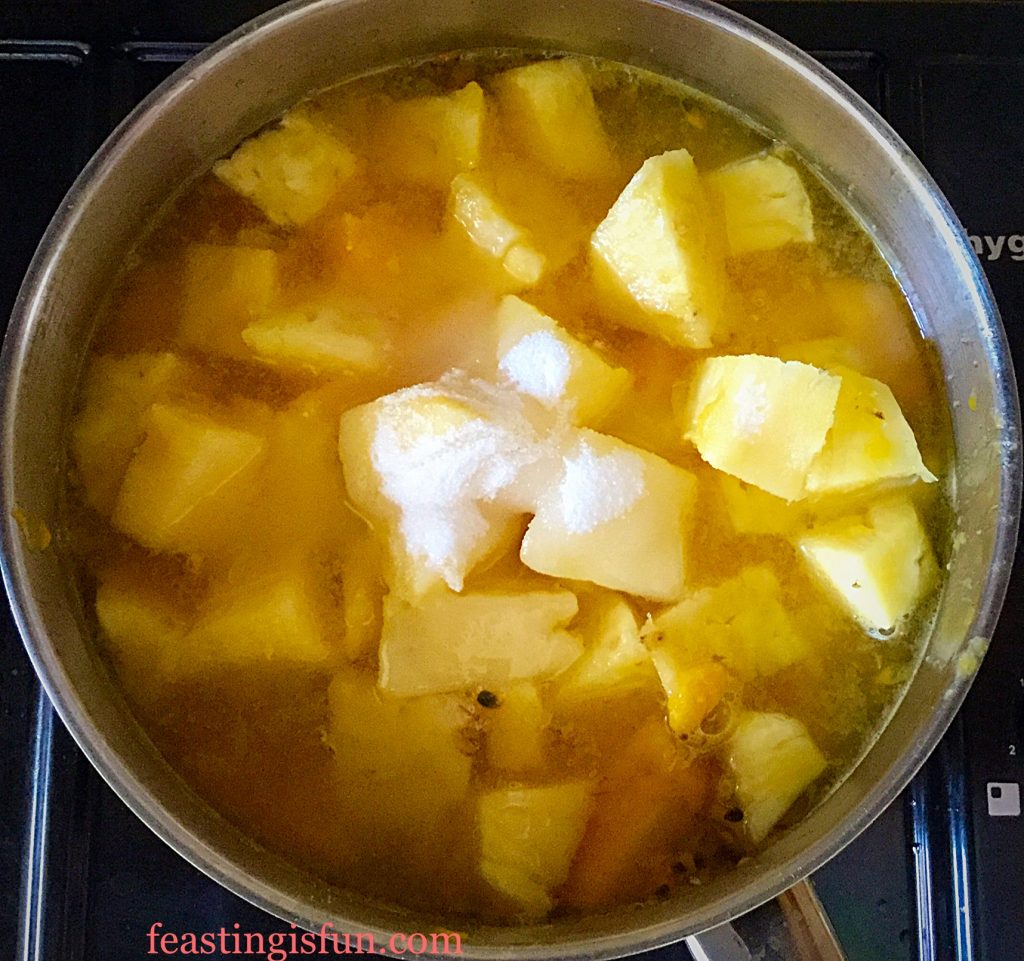
- Once the contents of the pan have started to bubble reduce the heat to medium, keep an eye on the fruit to ensure it doesn’t boil over.
- Continue cooking for 20 minutes.
- Carefully remove a spoonful of liquid from the saucepan, allow to cool and taste. The flavour should be pure fruit, not watered down and not super sweet – just as if you had eaten a slice of ripe mango. If the flavour is a little weak, continue cooking for a further 10 minutes and taste again.
- When you are happy with the tropical fruit flavour, remove the saucepan from the heat.
- Place a sieve over a large bowl.
- Carefully pour the hot fruit mixture into the bowl through the sieve.
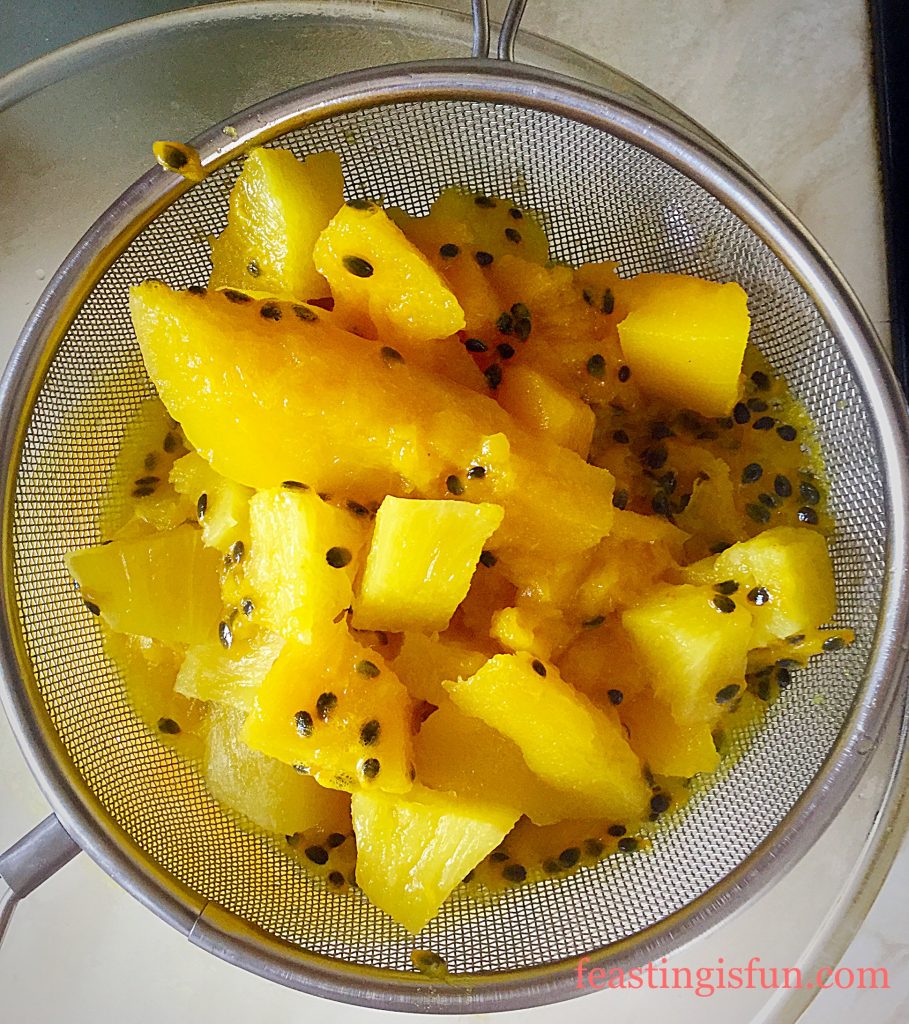
- Using a strong dessert spoon press all of the fruit through the sieve. Occasionally clearing the underside of the sieve with a clean spoon, so that all the fruit pulp and juice goes into the bowl below.
- This takes about 10 minutes to get it to this stage.
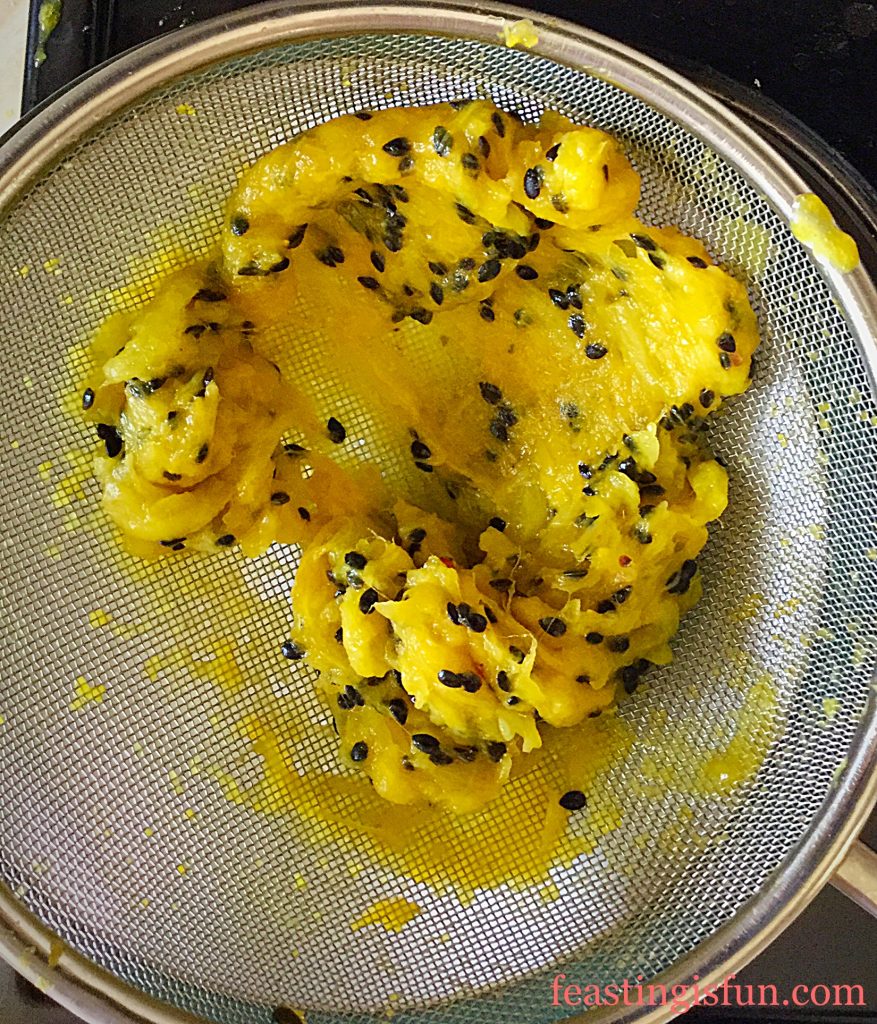
- I did taste the remaining pulp and although crunchy it was pretty flavourless, that said you could still have it swirled through yoghurt for breakfast.
- If you have an immersion blender or liquidiser, blend the resulting lumpy liquid until velvety smooth.
- Place the bowl on a trivet, to aid cooling air circulation and cover with a net food tent, or cling film to stop flies having a taste!
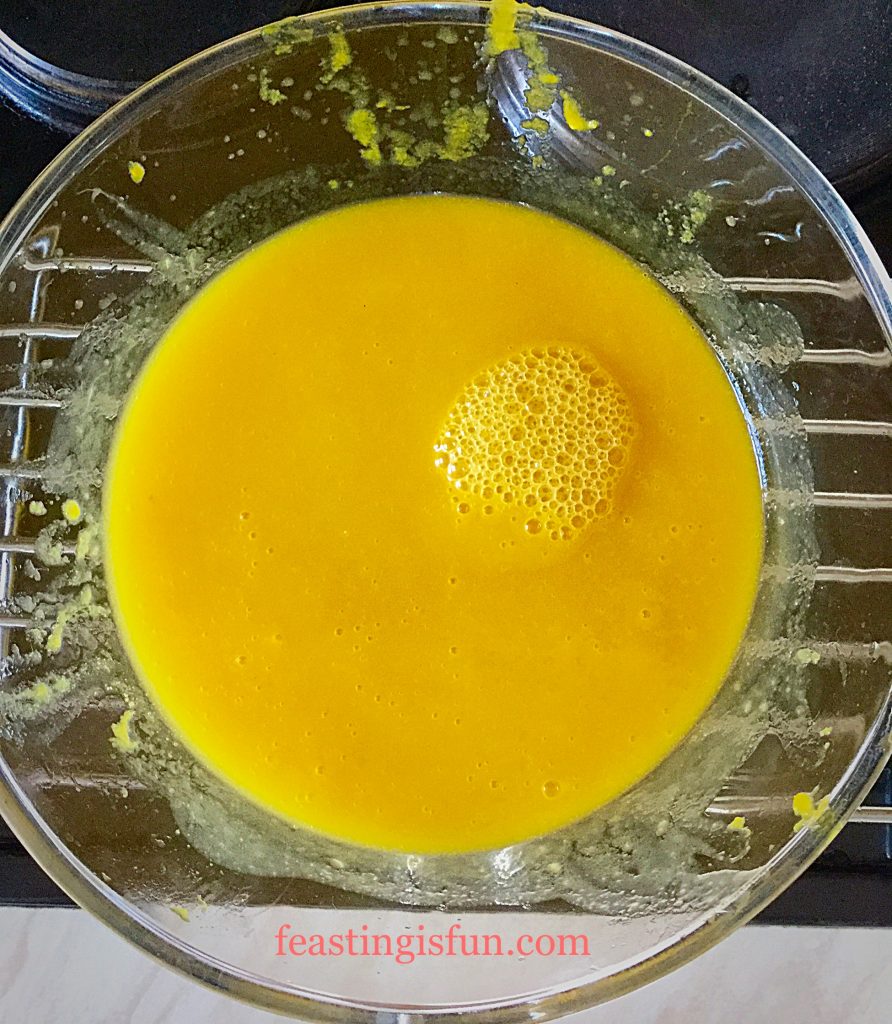
- Allow the sorbet liquid to cool and then place in the fridge to chill.
- Once chilled set up your ice cream maker according to manufacturers instructions.
- Transfer the sorbet liquid to a jug, this makes pouring the liquid into the frozen chamber much easier.
- With the machine churning pour the sorbet liquid into the ice cream maker and churn until slushy like.
- Stop the machine, remove the paddle and scoop/pour the slushy mixture into a freezer proof, resealable tub.
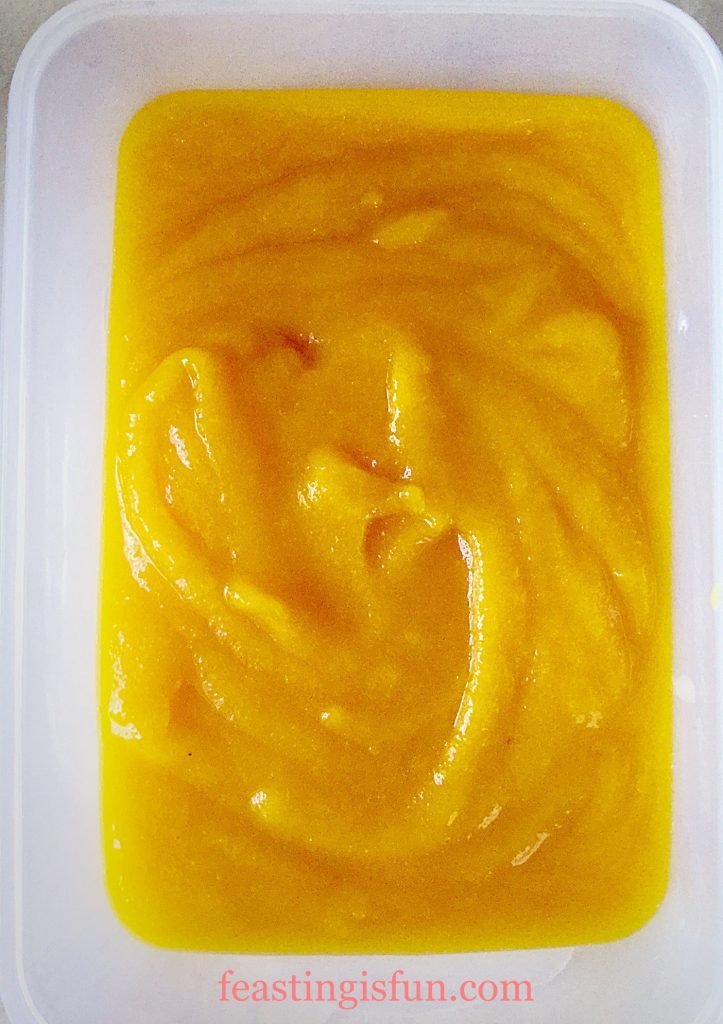
- Pop the lid on and place in the deep freeze, generally I leave ice creams and sorbets overnight, until frozen through.
To serve, remove the sorbet from the freezer 15-20 minutes to allow to soften slightly.
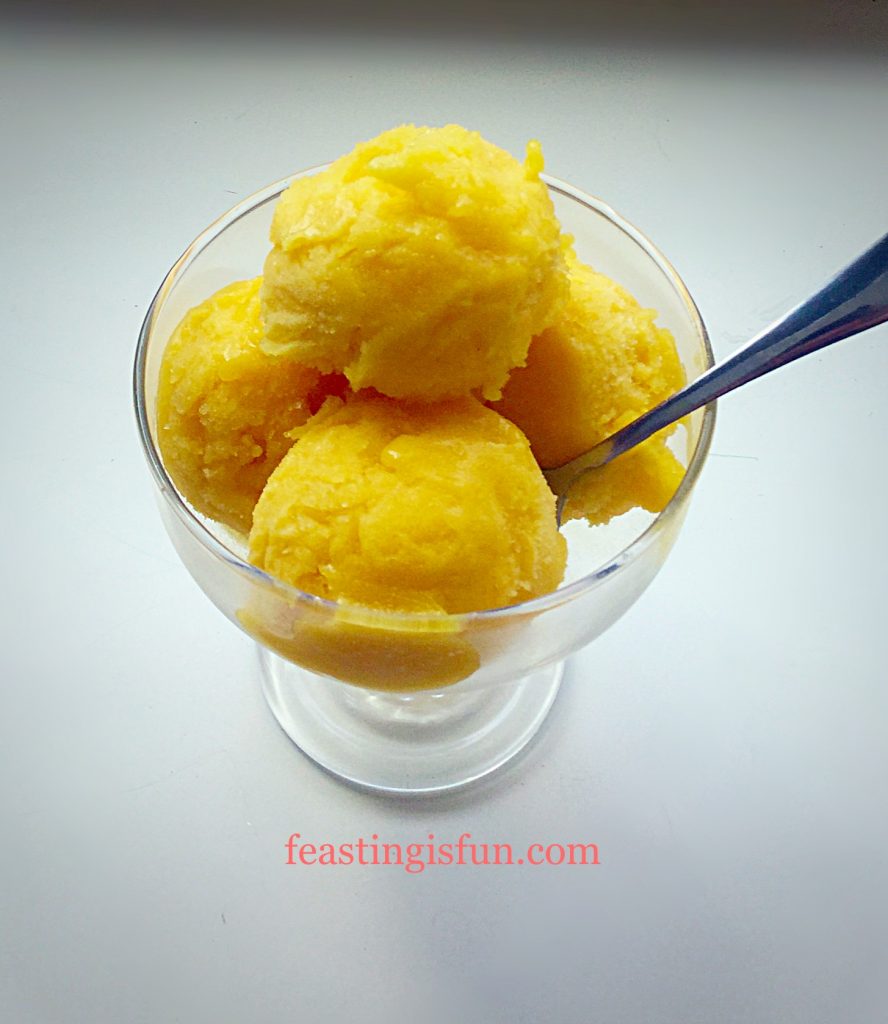
For me, this is the perfect dessert after a hot spicy meal such as a curry or my Chunky Chilli. The cool, fruity sorbet, soothing on your tastebuds.
This is the perfect sorbet to make if you happen upon marked down fruit in the market or shops. It will keep for 3 months in the deep freeze and brighten a dull Winter’s day.
If you have enjoyed the recipe for my Refreshing Tropical Fruit Sorbet here are some others you may also like:

Dark Chocolate Chip Vanilla Ice Cream

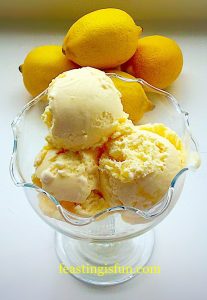
I love creating, experimenting, tasting and testing different recipes. If you love mangos but aren’t a fan of pineapple, add more mango and leave the pineapple out.
Being allergic to oranges, means I always have to double check when I buy anything labelled ‘tropical’. Making my own Refreshing Tropical Fruit Sorbet means I know exactly what has gone into it. By all means adjust the sugar quantity if your fruit is sweeter, or riper. That’s why it is important to taste the liquid from the pan, remembering all the flavours will be dulled slightly by the freezing process.
I hope I have inspired you to get creative in your kitchens. Cooking should be fun. Combining flavours, adding a little something here or there, I hope that you take my recipes, try them and then change them to suit your tastes. I very much suspect a drop or two of orange blossom water would work very well in this recipe. But then I’ll never know 😉
Sammie xx
